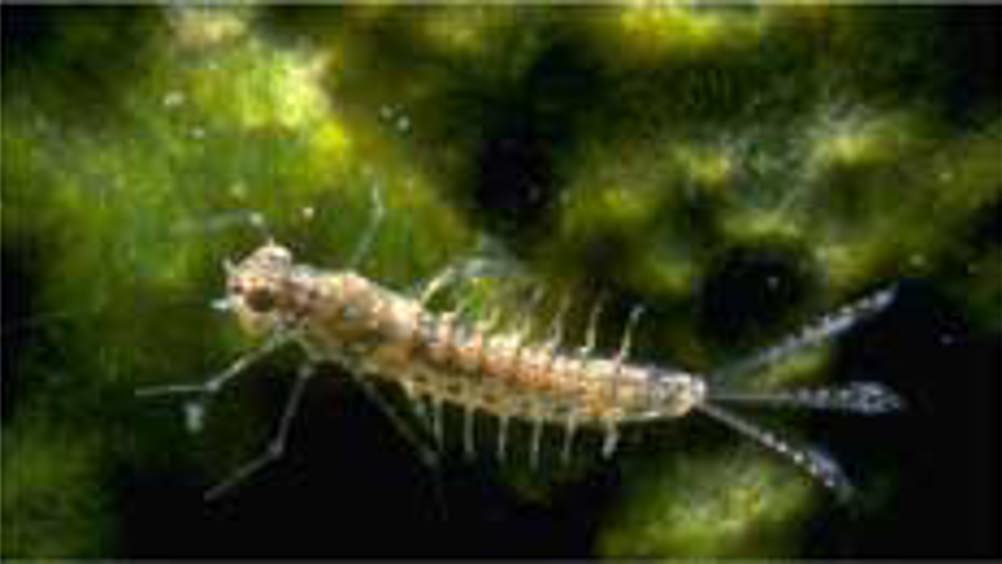Biomimetic sensors

Researchers aim to copy the way that young mayflies respirate to build a device that will allow sensors to be deployed where air or water is stagnant.
Young aquatic mayflies, or 'nymphs', enhance their respiration by creating a flow of fresh water with the help of seven pairs of gill plates that flap like a Venetian blind. The water generated by the plates' motion is directed to their gills as efficiently as possible.
By duplicating the action of the mayfly gill plates in a tiny robotic device, mechanical engineers Ken Kiger and Elias Balaras and entomologist Jeffrey Shultz at the at the University of Maryland's A. James Clark School of Engineering hope to create a flow of air or water to sensors in stagnant environments, so they can operate more effectively.
Working with the University’s Department of Entomology, Kiger, an associate professor of mechanical engineering, is exploring how the mayfly’s gill plates work, duplicating and measuring the gill plate movement in a virtual computer model. The next step will be to construct the tiny robot to reproduce the gill action of the nymph.
Register now to continue reading
Thanks for visiting The Engineer. You’ve now reached your monthly limit of news stories. Register for free to unlock unlimited access to all of our news coverage, as well as premium content including opinion, in-depth features and special reports.
Benefits of registering
-
In-depth insights and coverage of key emerging trends
-
Unrestricted access to special reports throughout the year
-
Daily technology news delivered straight to your inbox










Water Sector Talent Exodus Could Cripple The Sector
Maybe if things are essential for the running of a country and we want to pay a fair price we should be running these utilities on a not for profit...